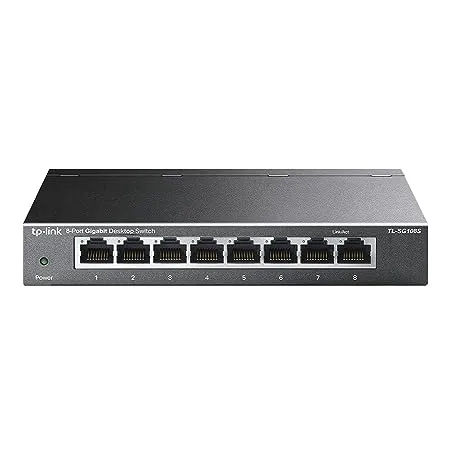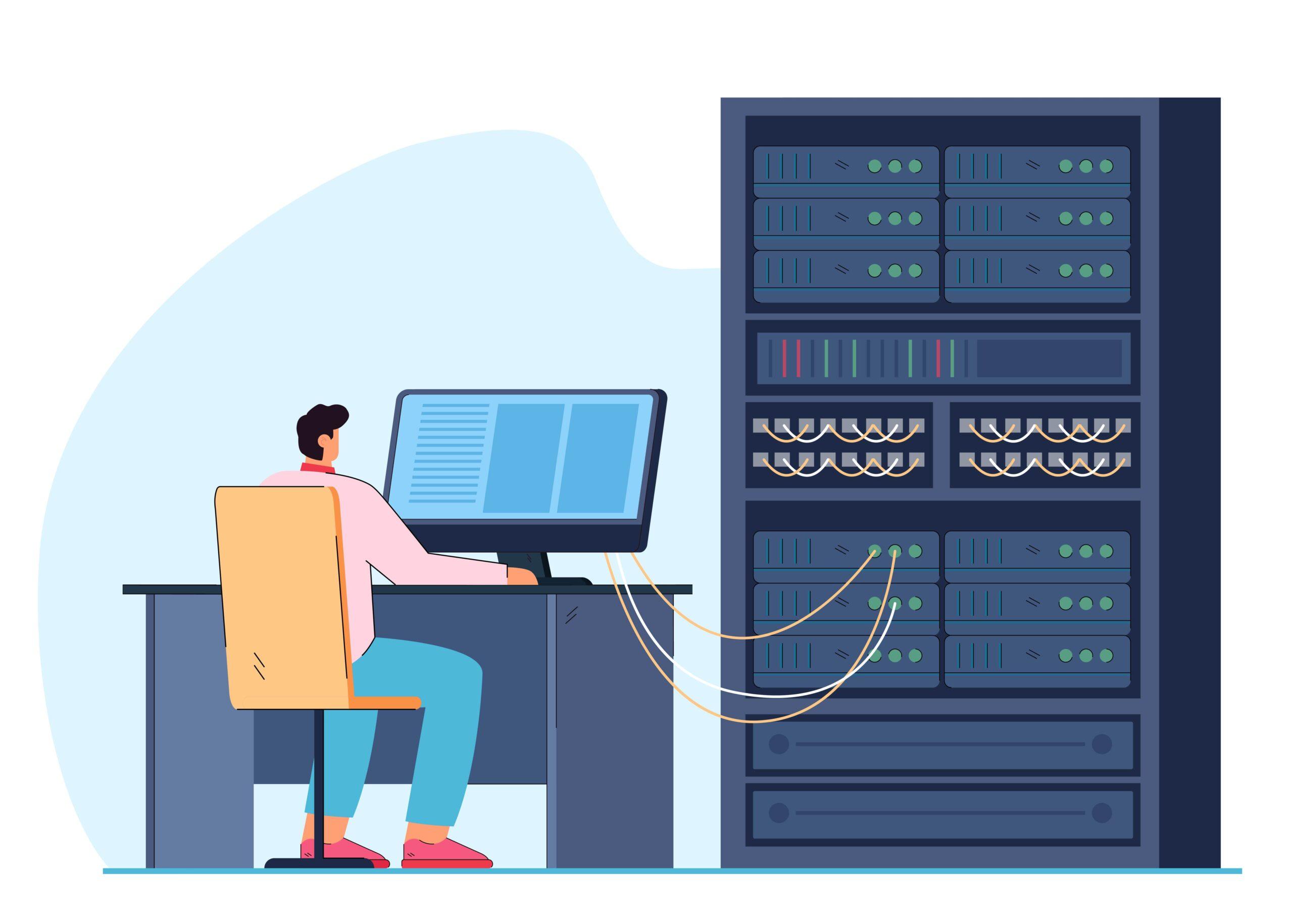
Types of Network Switches Showdown: Choosing the Best for Your Setup and Get 100% data experience

The world of networking can be bewildering, with a myriad of options available. Choosing the right network switch is akin to selecting the right tool for a specific job. To simplify this process, let’s delve into the types of network switches available, their features, and the considerations you should keep in mind when deciding on the best one for your network setup.
In today’s fast-paced digital world, the choice of the right network switch is crucial for ensuring seamless connectivity and data flow within your network infrastructure. Whether you are setting up a home office, a small business network, or a large enterprise system, selecting the appropriate type of network switch can significantly impact your network’s performance and efficiency. In this article, we will embark on a journey through the world of network switches, exploring various types, their features, and helping you make an informed decision on the best fit for your setup.
Understanding Different types of Network Switches

Managed Switches
Managed switches offer complete control and customization over your network. They are ideal for larger businesses and enterprises where network administrators need advanced features like VLAN support, Quality of Service (QoS) settings, and the ability to monitor and manage each port individually.

Unmanaged Switches
Unmanaged switches, then again, are fitting and-play gadgets.They are straightforward to set up and require minimal configuration. These are suitable for small home networks or setups where simplicity is key
Layer 2 Switches
Layer 2 switches operate at the data link layer and are commonly used for basic network functions like connecting devices within the same network segment.
Layer 3 Switches
Layer 3 switches, also known as multilayer switches, provide routing capabilities in addition to basic switching functions. They are essential for larger networks with multiple subnets
Considerations Your types of Network switch Setup
Consider the number of devices you need to connect now and in the future. Ensure your switch has enough ports and room for growth.
Budget is a significant factor. While managed switches offer more features, they are costlier than unmanaged ones. Balance your requirements with your budget.
If security is paramount, opt for managed switches with advanced security features to protect your network from potential threats.
Port Count
The number of ports on your switch is critical. Ensure you have enough ports for all your devices and potential expansion.
PoE Support
If you have devices like IP cameras or VoIP phones, Power over Ethernet (PoE) support can simplify your setup by delivering power and data over a single Ethernet cable.
Gigabit or 10 Gigabit Ethernet
Choose the speed that matches your network’s demands. Gigabit Ethernet is standard, but for high-performance networks, consider 10 Gigabit options.
Popular Network Switch Brands
Cisco
HP Aruba
Ubiquiti
D-Link

Installation and Maintenance
Installing a network switch involves connecting it to your existing network and configuring it based on your requirements. For unmanaged switches, this process is straightforward, while managed switches may require more in-depth setup.
Comparing Costs
Before making your final decision, compare the costs of different switches, considering both the initial investment and long-term maintenance expenses.
Click PricingSetting Up Your Network Switch
Once you’ve chosen your network switch, follow the manufacturer’s instructions for installation and configuration to ensure optimal performance.
Where we used network switch

key Product in IP Camera

Manage distribution server data
Network Switch FAQs
What is the difference between managed and unmanaged switches?
Managed switches offer advanced features and customization, while unmanaged switches are simple, plug-and-play devices.
Can I upgrade my network switch in the future?
Yes, most network switches can be upgraded to accommodate future needs.
Is Power over Ethernet (PoE) necessary for my setup?
If you have PoE devices, such as cameras or phones, PoE support can simplify your setup.
Are there any security concerns with network switches?
Network switches can be vulnerable to security threats if not properly configured. Managed switches offer advanced security features.
How do I troubleshoot common network switch issues?
Common network switch issues can often be resolved by checking cab

1 thought on “Types of Network Switches Showdown: Choosing the Best for Your Setup and Get 100% data experience”